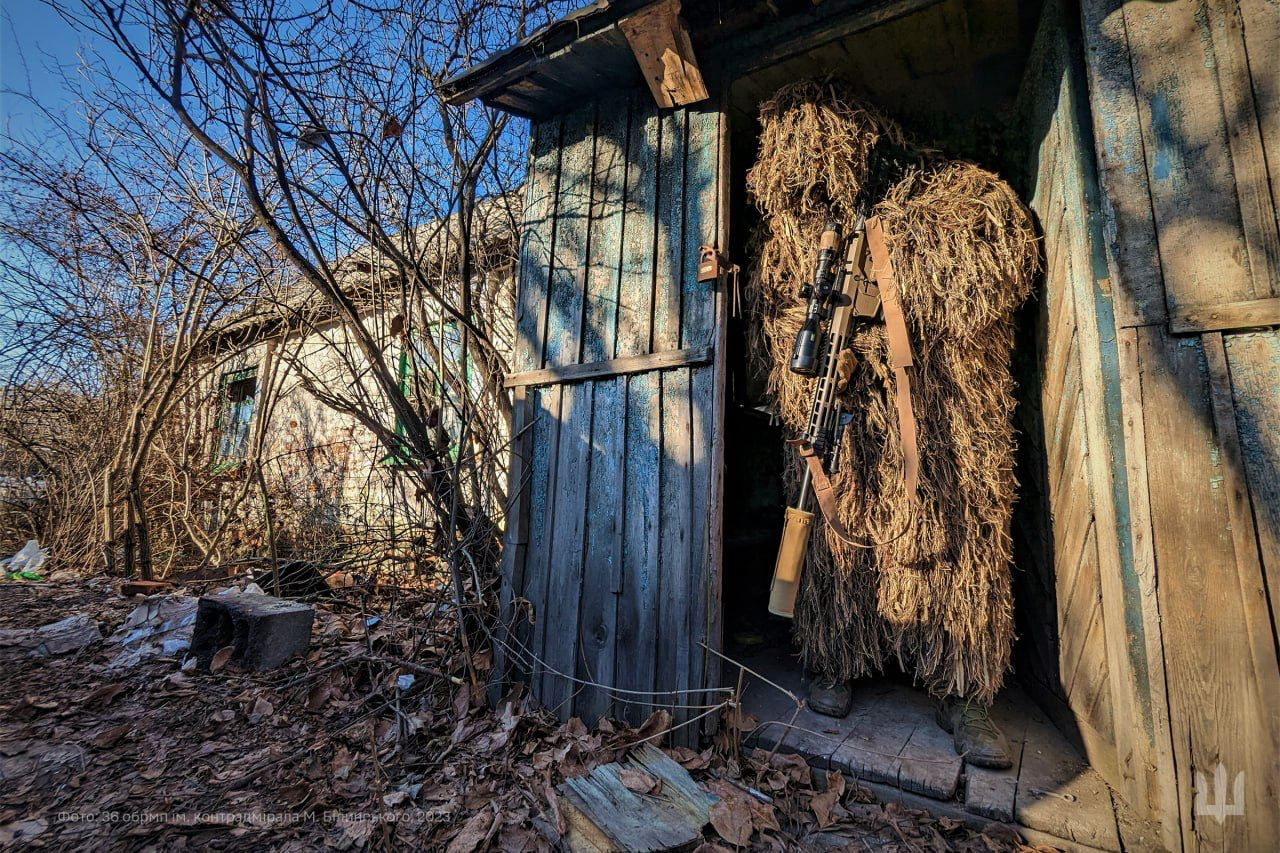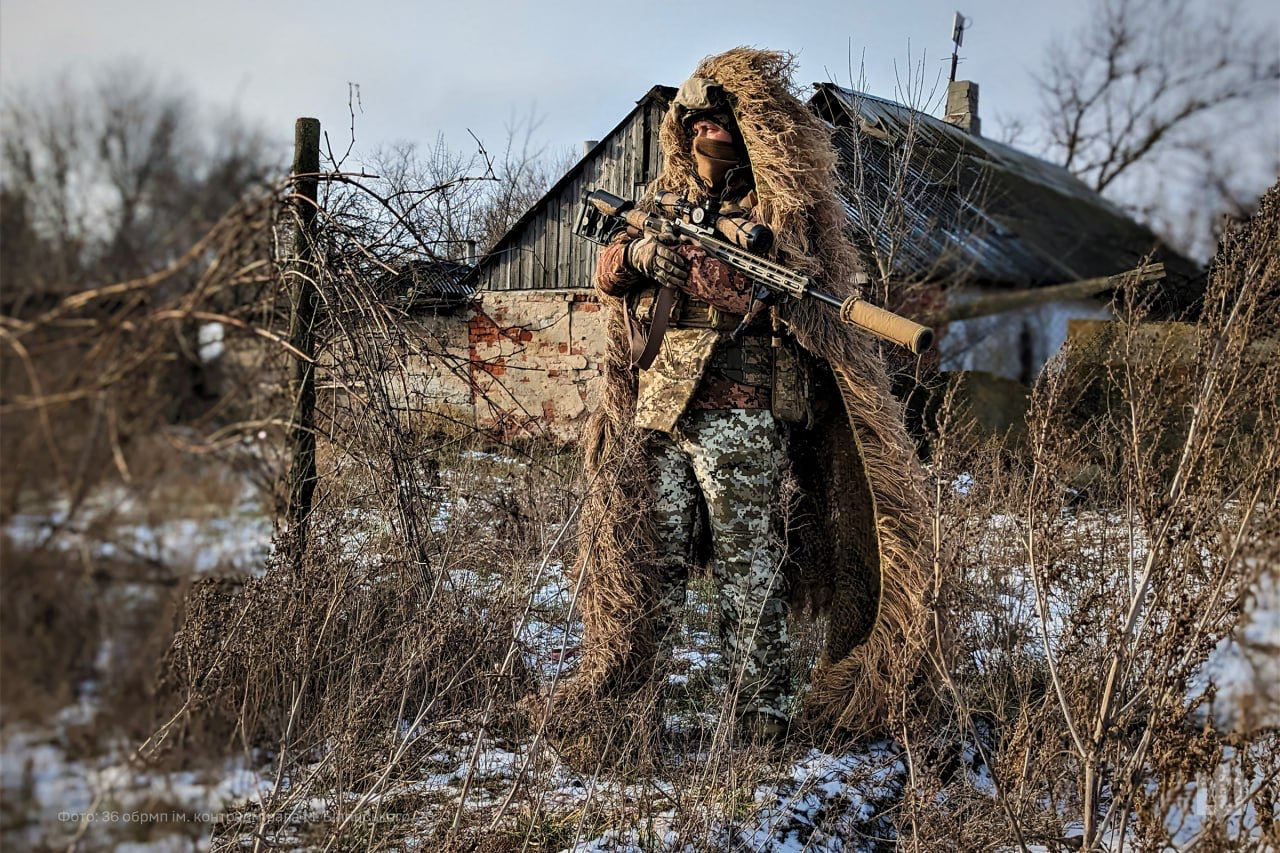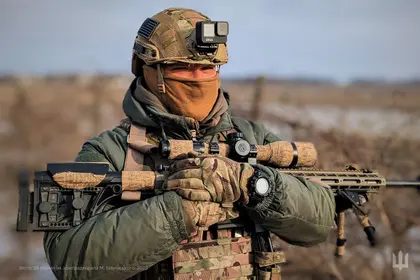The mass of men, machines and explosives set to be unleashed in Ukraine’s upcoming offensive will probably score substantial ground gains and have a fair chance of inflicting a proper battlefield defeat on the Kremlin, but is unlikely to liberate Crimea at a stroke – never mind end the war overnight – military observers have said.
The primary goal of the Armed Forces of Ukraine (AFU) will be to advance in the south, in the Zaporizhzhia and Kherson sectors, where Ukraine has reasonable chances for success, but not for an overwhelming and decisive victory, analysts generally agreed.
The counteroffensive’s main objectives will be destroying Russian combat formations and, even more important, liberating occupied territory and reaching positions from which Ukrainian long-range, precision-guided weapons could strike Russian military targets across Crimea, the Black Sea peninsula annexed by Kremlin troops in 2014.
“Crimea is decisive in this war,” US Lt. Gen. (Ret.) Ben Hodges told Kyiv Post in an interview. “The Ukrainians will try to get to a point where they can isolate the Crimea and make it militarily untenable.”
Aside from a main southern assault, the Ukrainians will almost certainly launch supporting attacks in other sectors, in part in an attempt to keep Russian military planners off balance, but also because liberating territory occupied by Russian troops would be a visible metric of Ukrainian military capacity success – which the national leadership, headed by President Volodymyr Zelensky, must demonstrate.

EXPLAINED: What We Know About Russia’s Oreshnik Missile Fired on Ukraine
“We should never forget that Ukraine is a democracy… and that the national leadership is accountable to voters… and is dependent on international support,” said Australian Maj. Gen.(Ret.) Mick Ryan in a Kyiv Post interview.
“I think the Ukrainians will absolutely seek to defeat Russian forces… but the political component of liberating territory will drive their decision-making a little more, I think.”
The attack will be, Western analysts and even Russian information platforms said, by a substantial margin the most ambitious and complicated operation ever attempted by the AFU. An April 16 situation estimate published by the Russian mercenary group Wagner predicted at least 80,000 Ukrainian troops will be involved, and that besides the main assault towards Crimea, Kyiv’s forces will launch major attacks aimed at overwhelming or encircling Russian troops in the Kharkiv, Luhansk and Donetsk sectors as well.
The precise location and scale of Ukraine’s spring offensive are closely guarded military secrets. US Joint Chiefs of Staff secret planning documents recently leaked into gamer-associated social media estimate nine newly formed brigades equipped largely with NATO-standard equipment – on paper a force of between 20,000 and 25,000 men – will be the backbone of Ukraine’s main assault, and have the mission of driving south and destroying all in their path, once front-line Russian defenses are broken.

Sniper from 36th Marine Brigade at an unreported location in Ukraine. Apr. 17. PHOTO: Armed Forces of Ukraine
Newsweek on April 16, citing the same leaked materials, reported D-day to be tentatively on April 30. But due to the security breach and slow build-up of materials, the launch date will probably be delayed.
Open source media and Ukrainian intelligence spokesmen report Russia has built at least two, and in some sectors three, fortification belts in Ukraine’s southern regions. Pro-Moscow media have widely reported concentrations of regular Russian army reserves, including elite airborne units, in cities backstopping those defensive lines, particularly in Melitopol, Berdyansk and Mariupol.
In past offensives the AFU has preceded its armored and mechanized forces with infantry heavily armed with drones and night vision equipment. As the war has ground on, Kyiv’s infantry has become increasingly skilled at infiltrating past defensive works and clearing fortifications.
AFU commander Gen. Valery Zaluzhny will, some observers said, likely lead assaults in most sectors with assault infantry tasked with breaking into Russian fortifications, to be followed by a blitzkrieg-style tank and armored fighting vehicle assault able to drive deep and fast in a breakthrough, when the gap in the fortifications is wide enough.

Sniper from 36th Marine Brigade at an unreported location in Ukraine. Apr. 17. PHOTO: Armed Forces of Ukraine.
The veteran 3rd Assault Infantry Brigade, on April 14, reported its first battalion was holding positions in Bakhmut, while the other was off the line resting, refitting, and training infantry squads in weapons marksmanship and house-to-house fighting.
The newly raised 82nd Mechanized Infantry Brigade, according to the US intelligence leaks, which will likely be the spear tip of any breakthrough force the AFU might launch, was reported to be practicing amphibious assaults in March.
“The Ukrainians have been preparing for this for months, and they know what they need to do,” Hodges said. “I am optimistic.”
The preliminary bombardment, targeting Russian troop concentrations and command centers, Ryan and Hodges said, for all practical purposes have already begun, but in days before the ground assault Ukrainian artillery and precision-guided missile fires will intensify, possibly by an order of magnitude.
“I think they’ll [the Ukrainian military leadership] surprise us. They have to achieve military surprise to achieve success. The surprise could be in terms of time, location, weight of attacks or tactics,” Ryan said.
“It won’t look like [the previous successful Ukrainian counterattacks at] Kharkiv, Kherson, or the gates of Kyiv. It will be something different.” All observers, even ones bullish on chances of major Ukrainian battlefield success, said that Kyiv’s upcoming offensive – absent an unlikely across-the-board collapse of Russian soldier morale – will not even under the best of circumstances liberate Crimea, never mind achieve Zelensky’s declared war objective of liberating all territory occupied by Russian forces.
“It’s already clear that the Ukrainian offensive will be limited, the maximum that Ukraine can do is, well let’s say, for instance, clear the Kharkiv, the Kherson regions and take a portion of the Zaporizhzhia region,” said Agil Rustamadze, a Baku-based military analyst, in an April 11 interview with Ukrlife.tv television.
“This is because for a larger-scale offensive [in the short term] Ukraine doesn’t have sufficient force.” “If someone thinks that with one offensive Ukraine will reach the borders, for instance, of 1991, and Crimea is liberated, I think that is far from realistic,” Rustamadze said.
Andriy Sybiha, deputy head of the Office of the President’s, in an April 7 interview with Financial Times said Ukraine may be ready to negotiate Crimea once its forces reach its border. To get to that point, the AFU would have to advance of some 140 kilometers in the Zaporizhzhia sector or, cross the Mississippi-wide Dnipro River, and advance about 100 kilometers in the Kherson sector.
According to an April 10 Washington Post article reporting US evaluation of the prospects for the Ukrainian offensive, citing leaked Pentagon briefing slides, challenges in massing troops, ammunition and equipment could cause its military to fall “well short” of Kyiv’s goals.
Ukraine’s Defense Minister Oleksiy Reznikov, in April 16 comments to Spanish La Razon newspaper, repeated the Kyiv position that the AFU has already demonstrated it is a more capable force than many give credit: “They [Western governments] believed that if there was a military clash, a small Soviet army would face a much larger one and be defeated. Well, we are not a Soviet country with a Soviet army.”
You can also highlight the text and press Ctrl + Enter






